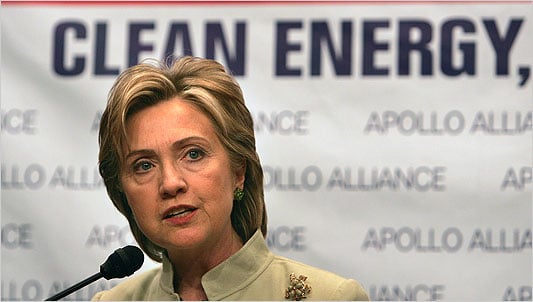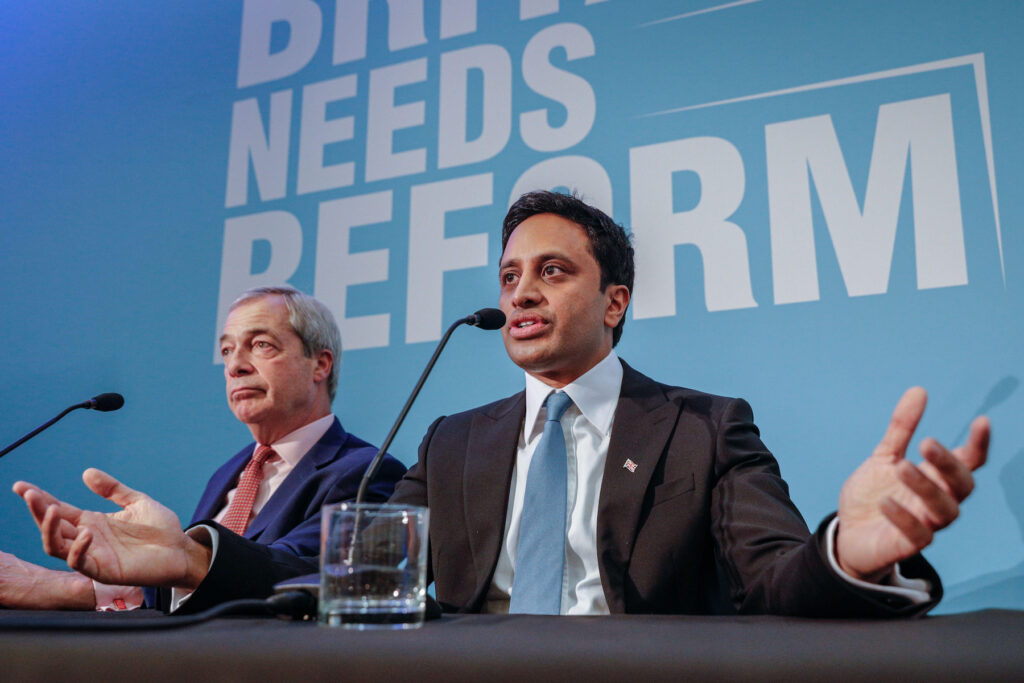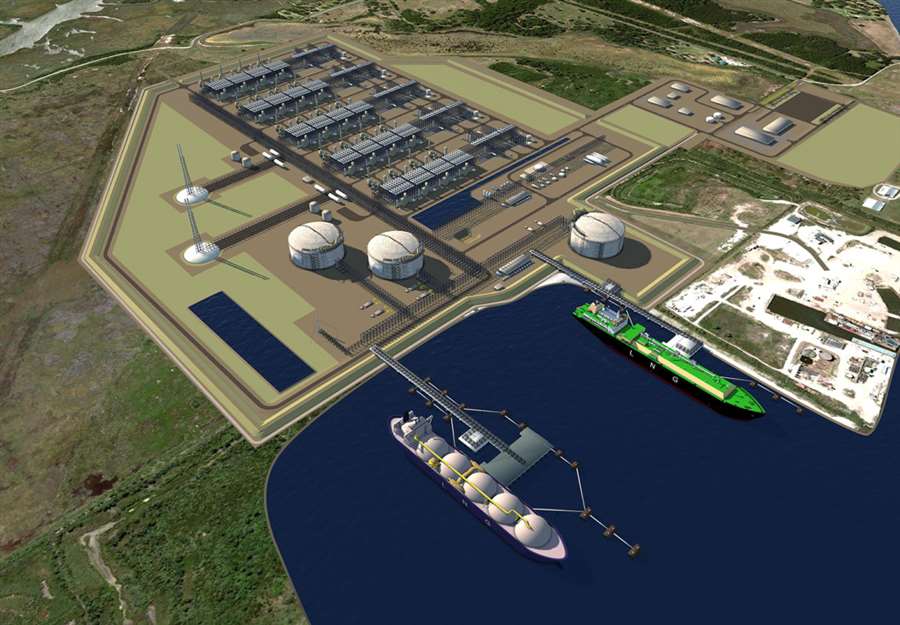In the run-up to the 2012 U.S. Presidential elections, the “war on coal” talking point was used incessantly by the Republican Party. It wasn’t until nearly a year after those elections that the coal industry publicly admitted that the war on coal never existed in the first place, but that hasn’t stopped politicians from using that phrase when they want to attack the EPA or plans to limit U.S. carbon emissions.
The argument, according to the politicians who carry water for the coal industry, is that reducing carbon emissions will lead to a reduction in coal industry jobs, thus harming the U.S. economy. While reports show that the EPA’s carbon emissions rules will actually create more jobs than would be lost, the claim is still used to strike fear into the hearts of the people who depend on those dangerous jobs for their livelihood.
So how can you fight a battle that doesn’t exist while simultaneously easing the fears of American workers? Hillary Clinton has the answer.
As part of her recently-released energy plan, Clinton would end incentives to the coal industry and would redirect that money to providing benefits to coal industry workers and helping to train them to move into new fields, most likely in the renewable energy industry. Clinton’s plan would spend as much as $30 billion to help ensure that the switch to renewables is as painless as possible for both workers and the economy.
The Huffington Post has more:
As the last pillar of her energy and climate agenda, Clinton’s plan, provided to HuffPost by a campaign official, focuses on safeguarding coal miners’ health and retirement benefits, and shifting local economies away from coal production rather than injecting more money into the ailing industry…
In an effort to ease that transition, Clinton’s plan would make sure retirees get their benefits when coal companies file for bankruptcy, specifically protecting against the use of those proceedings to short-change workers on their health care and pension contracts. Clinton would also expand those protections to power plant and transportation workers…
Clinton’s sweeping plan, which would pull from a variety of existing federal pots and establish new programs and grants, would train coal miners in new fields, install broadband Internet access infrastructure, repurpose coal mines and power plants for new tech manufacturing or agriculture, preserve revenue directed at public schools, electrify existing dams and expand renewable energy permits on federal land.
Clinton’s plan could easily put an end to the “war on coal” talking point by showing that the Democratic Party understands the fears of American workers and that they will do whatever is necessary to make the transition as smooth as possible. It will also give communities a greater incentive to begin the shift to renewable energy.
But just days before Clinton’s energy policy announcement, Benjamin Sporton, head of the World Coal Association, told reporters that “coal isn’t going anywhere” and that the developing world still relies on this dirty source of energy. Sporton was hoping to ease the fears of the industry itself, as the latest analyses show that reliance upon coal is decreasing while the production of renewable energy is beginning to take off.
The future of U.S. energy consumption hangs in the balance in the 2016 election, with Republican candidates firmly insisting that an “all of the above” energy approach is the best route while all of the Democratic candidates are hoping to shift the country to renewables. Hillary Clinton’s plan is certainly the most ambitious to date, and it serves the double purpose of heading off enemy attacks about a “war on coal.”
Subscribe to our newsletter
Stay up to date with DeSmog news and alerts







